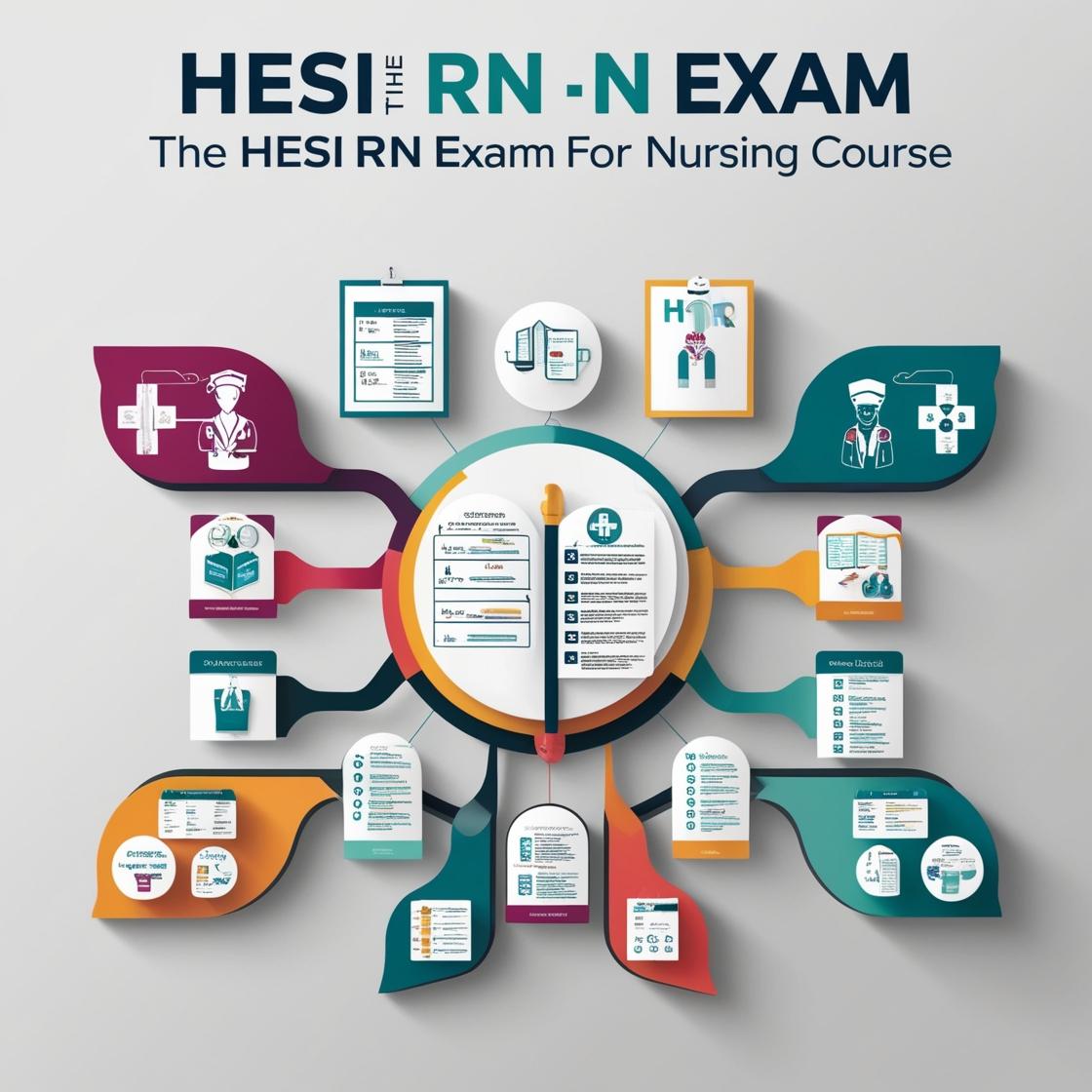HESI RN
HESI Medical Surgical Test Bank
1. The healthcare provider is assessing a client who is receiving hemodialysis for the first time. Which of the following findings should be reported to the healthcare provider immediately?
- A. Blood pressure of 150/90 mm Hg.
- B. Nausea and vomiting.
- C. Fatigue.
- D. Headache.
Correct answer: B
Rationale: Nausea and vomiting are critical symptoms that should be reported immediately when a client is receiving hemodialysis for the first time. These symptoms could indicate a severe complication, such as hypotension, infection, electrolyte imbalance, or other adverse reactions to the procedure. It is essential to address these symptoms promptly to prevent further complications or harm to the client. Choices A, C, and D are not immediate concerns during the first hemodialysis session and can be addressed appropriately after addressing the urgent issue of nausea and vomiting.
2. A client admitted with left-sided heart failure has a heart rate of 110 beats per minute and is becoming increasingly dyspneic. Which additional assessment finding by the nurse supports the client's admitting diagnosis?
- A. An enlarged, distended abdomen.
- B. Crackles in the bases of both lungs.
- C. Jugular vein distension.
- D. Peripheral edema.
Correct answer: B
Rationale: The correct answer is B. Crackles in the bases of the lungs are indicative of fluid accumulation, which is common in left-sided heart failure. In left-sided heart failure, the heart is unable to effectively pump blood from the lungs to the rest of the body, leading to a backup of fluid in the lungs. This results in crackles heard on auscultation. Choices A, C, and D are not specific to left-sided heart failure. An enlarged, distended abdomen may indicate ascites or liver congestion. Jugular vein distension is more commonly associated with right-sided heart failure, and peripheral edema is a sign of fluid accumulation in the tissues, which can occur in both types of heart failure but is not as specific to left-sided heart failure as crackles in the lungs.
3. The client with chronic renal failure is receiving education on managing fluid intake. Which of the following statements by the client indicates a need for further teaching?
- A. I can drink as much water as I want.
- B. I should increase my intake of high-sodium foods.
- C. I can skip a dialysis session if I feel tired.
- D. I can eat whatever I want as long as I take my medications.
Correct answer: C
Rationale: Choice C is the correct answer. Clients with chronic renal failure should not skip dialysis sessions, as this can lead to serious complications. Dialysis is crucial for managing fluid and electrolyte balance in these clients. Choice A is incorrect because clients with renal failure often have fluid restrictions. Choice B is incorrect as high-sodium foods can worsen fluid retention in clients with renal failure. Choice D is incorrect because dietary restrictions are important in managing chronic renal failure, and eating whatever one wants can lead to further complications.
4. An unlicensed assistive personnel (UAP) reports to the nurse that a client with a postoperative wound infection has a temperature of 103°F (39.4°C), blood pressure of 90/70, pulse of 124 beats/minute, and respirations of 28 breaths/minute. When assessing the client, findings include mottled skin appearance and confusion. Which action should the nurse take first?
- A. Transfer the client to the ICU.
- B. Initiate an infusion of intravenous (IV) fluids.
- C. Assess the client's core temperature.
- D. Obtain a wound specimen for culture.
Correct answer: B
Rationale: Initiating an infusion of IV fluids is the priority action to stabilize blood pressure in a client with signs of sepsis. Intravenous fluids help maintain perfusion to vital organs and prevent further deterioration. Option A is not the immediate priority as stabilizing the client's condition can be initiated in the current setting. Option C, assessing the client's core temperature, is important but not the most critical action at this time. Option D, obtaining a wound specimen for culture, is important for identifying the causative organism but is not the first priority in managing a client with signs of sepsis.
5. Which of the following is a characteristic symptom of multiple sclerosis (MS)?
- A. Muscle atrophy.
- B. Severe pain.
- C. Vision problems.
- D. Hearing loss.
Correct answer: C
Rationale: Vision problems are a characteristic symptom of multiple sclerosis (MS) due to demyelination of the optic nerve. This can lead to issues such as optic neuritis, blurred vision, double vision, or even total vision loss. Muscle atrophy (Choice A) is not a primary symptom of MS but can occur as a secondary effect of decreased mobility. Severe pain (Choice B) is not a typical symptom of MS, though some individuals may experience pain related to muscle spasms or other factors. Hearing loss (Choice D) is not commonly associated with MS unless there is an unrelated concurrent condition affecting the auditory system.
Similar Questions

Access More Features
HESI RN Basic
$89/ 30 days
- 50,000 Questions with answers
- All HESI courses Coverage
- 30 days access @ $89
HESI RN Premium
$149.99/ 90 days
- 50,000 Questions with answers
- All HESI courses Coverage
- 30 days access @ $149.99
